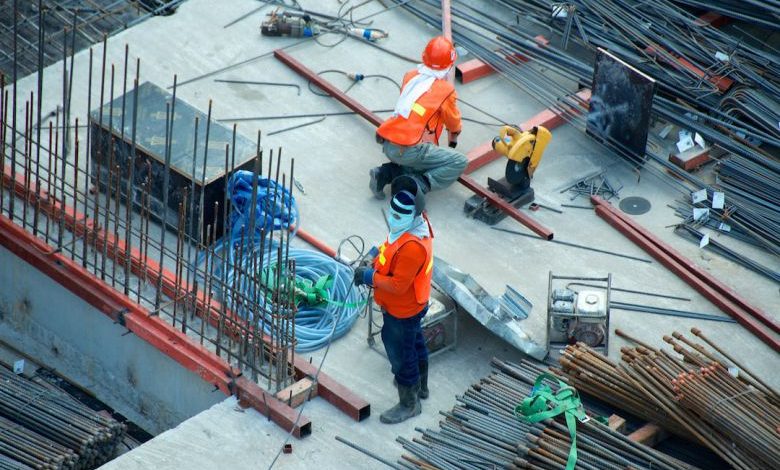How Do You Repair Cracks in the House Foundation?

A crack in the foundation of your house can be a cause for concern. Not only can it affect the stability of your home, but it can also lead to other problems such as water leakage and pest infestation. It is crucial to address these cracks as soon as possible to prevent further damage. In this article, we will discuss some effective methods for repairing cracks in the house foundation.
Identifying the Cause of the Cracks
Before you can repair the cracks in your house foundation, it is essential to identify the cause. Cracks can be a result of various factors such as soil settlement, temperature changes, or structural issues. By understanding the root cause of the cracks, you can determine the most appropriate repair method.
Filling Small Cracks with Epoxy
If you notice small cracks in your house foundation, you can fix them using epoxy. Epoxy is a strong adhesive that can effectively bond the cracked surfaces together. Start by cleaning the crack and removing any loose debris. Then, apply the epoxy into the crack using a putty knife. Make sure to fill the entire crack and smooth out the surface. Allow the epoxy to dry completely before checking its effectiveness.
Injecting Polyurethane Foam into Larger Cracks
For larger cracks in the foundation, injecting polyurethane foam can be an effective solution. Polyurethane foam is a flexible material that expands to fill the cracks and create a watertight seal. First, clean the crack and remove any loose particles. Then, using a caulking gun, inject the polyurethane foam into the crack. As the foam expands, it will fill the crack and ensure a secure bond. Allow the foam to dry and cure according to the manufacturer’s instructions.
Utilizing Carbon Fiber Strips for Structural Repairs
If the cracks in your house foundation are due to structural issues, you may need to consider using carbon fiber strips. Carbon fiber is a strong and durable material that can provide additional support to the foundation. To repair the cracks, clean the area thoroughly and apply a layer of epoxy primer. Then, bond the carbon fiber strips to the cracked area using epoxy adhesive. Finally, apply a layer of epoxy coating to ensure a smooth finish. Carbon fiber repairs are best suited for larger cracks or areas with significant structural damage.
Seeking Professional Help
While some cracks in the house foundation can be repaired by homeowners, it is important to recognize when to seek professional help. If the cracks are extensive, recurring, or accompanied by other signs of foundation problems such as uneven floors or doors that won’t close properly, it is advisable to consult with a foundation repair specialist. They have the expertise and equipment to assess the situation and recommend the most appropriate repair method.
Preventing Future Cracks
Once you have repaired the cracks in your house foundation, it is crucial to take preventive measures to avoid future damage. Here are a few tips to keep in mind:
1. Maintain proper drainage around your home to prevent water accumulation near the foundation.
2. Monitor and address any signs of soil settlement or shifting.
3. Control moisture levels in your basement or crawl space to prevent excessive pressure on the foundation.
4. Regularly inspect your foundation for any signs of cracks or damage and address them promptly.
In conclusion, repairing cracks in the house foundation is essential for maintaining the structural integrity of your home. By identifying the cause of the cracks and using appropriate repair methods such as epoxy, polyurethane foam, or carbon fiber strips, you can effectively fix the damage. However, it is crucial to seek professional help for extensive or recurring cracks. Lastly, take preventive measures to avoid future cracks and ensure the long-term stability of your house foundation.




